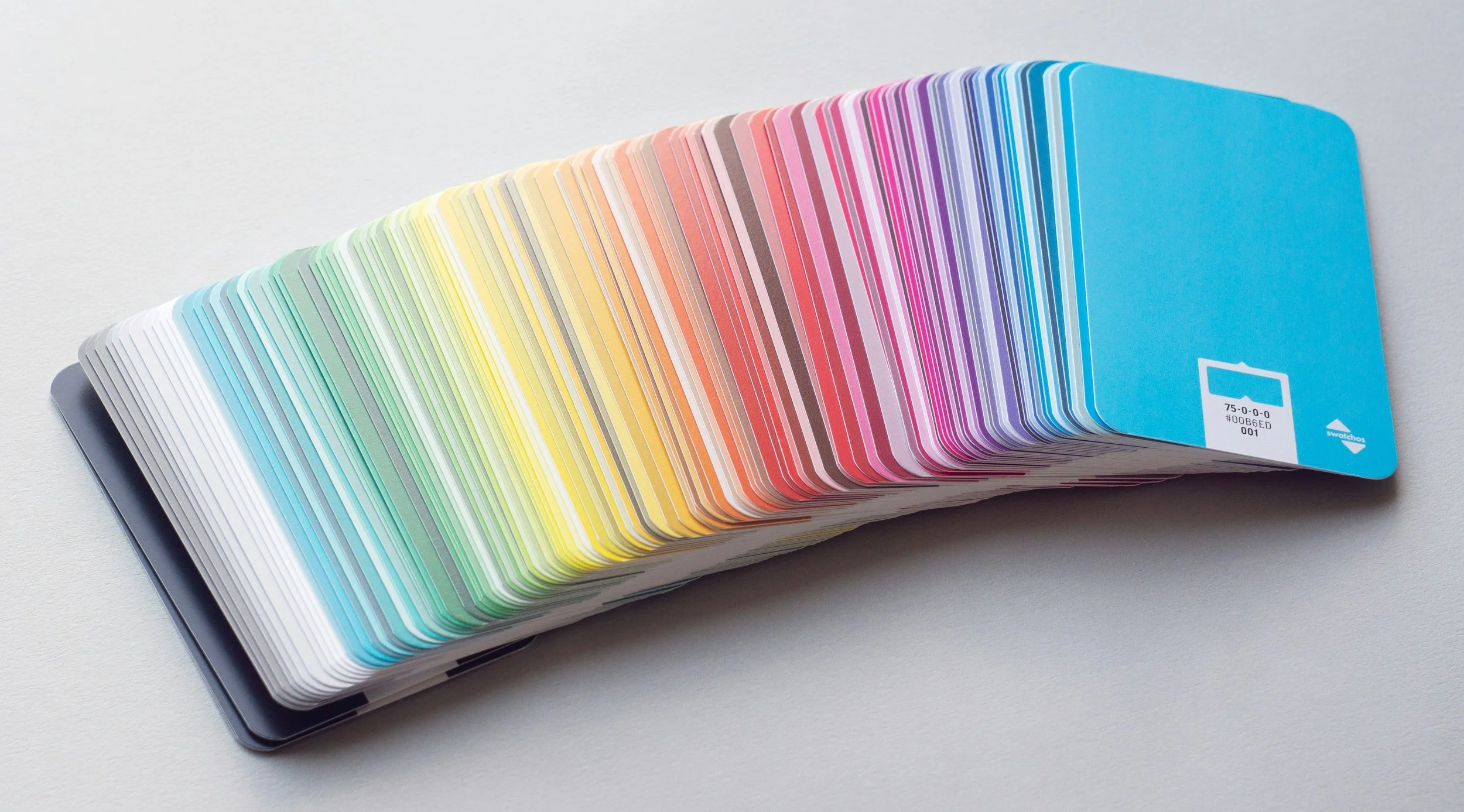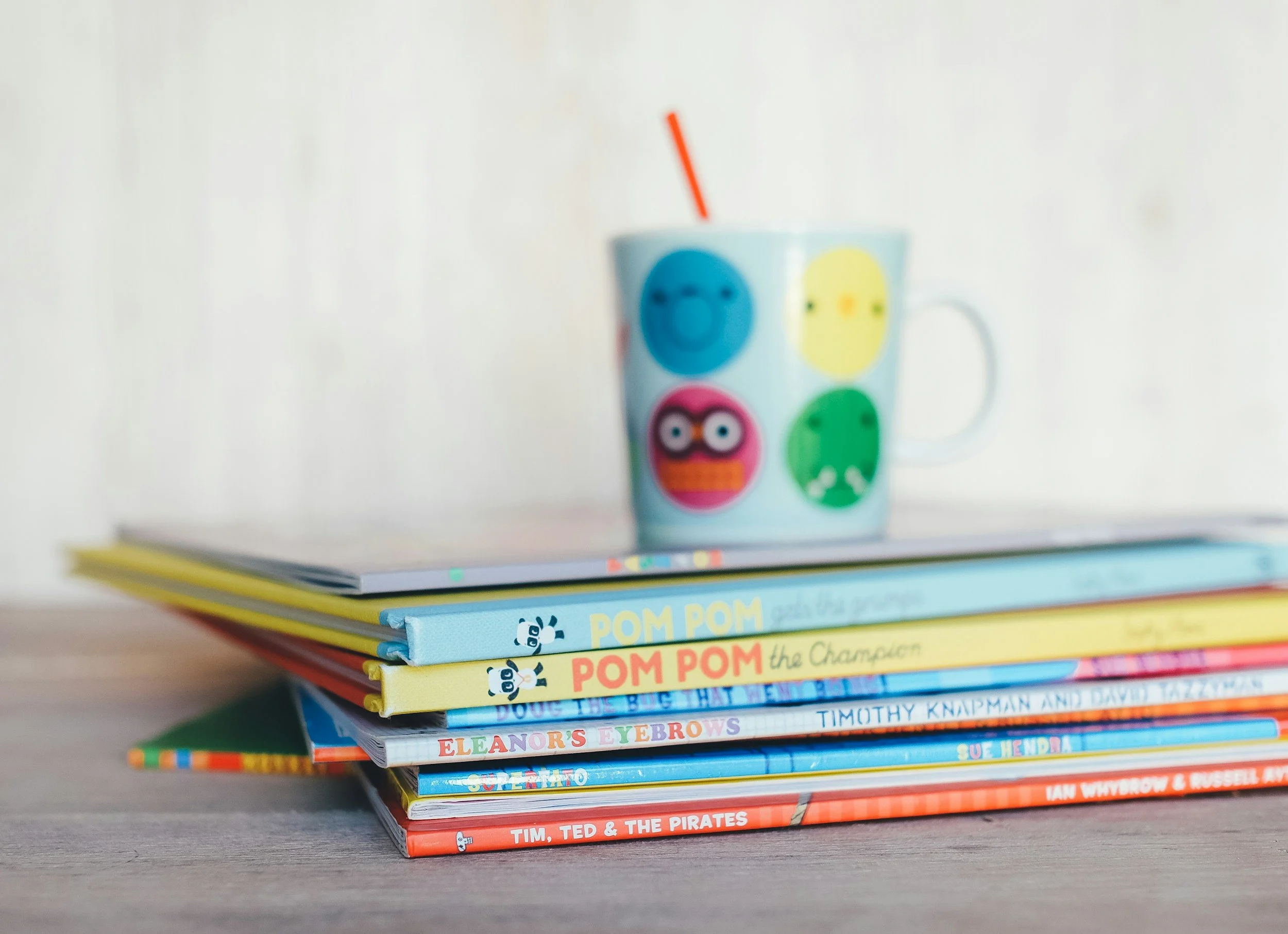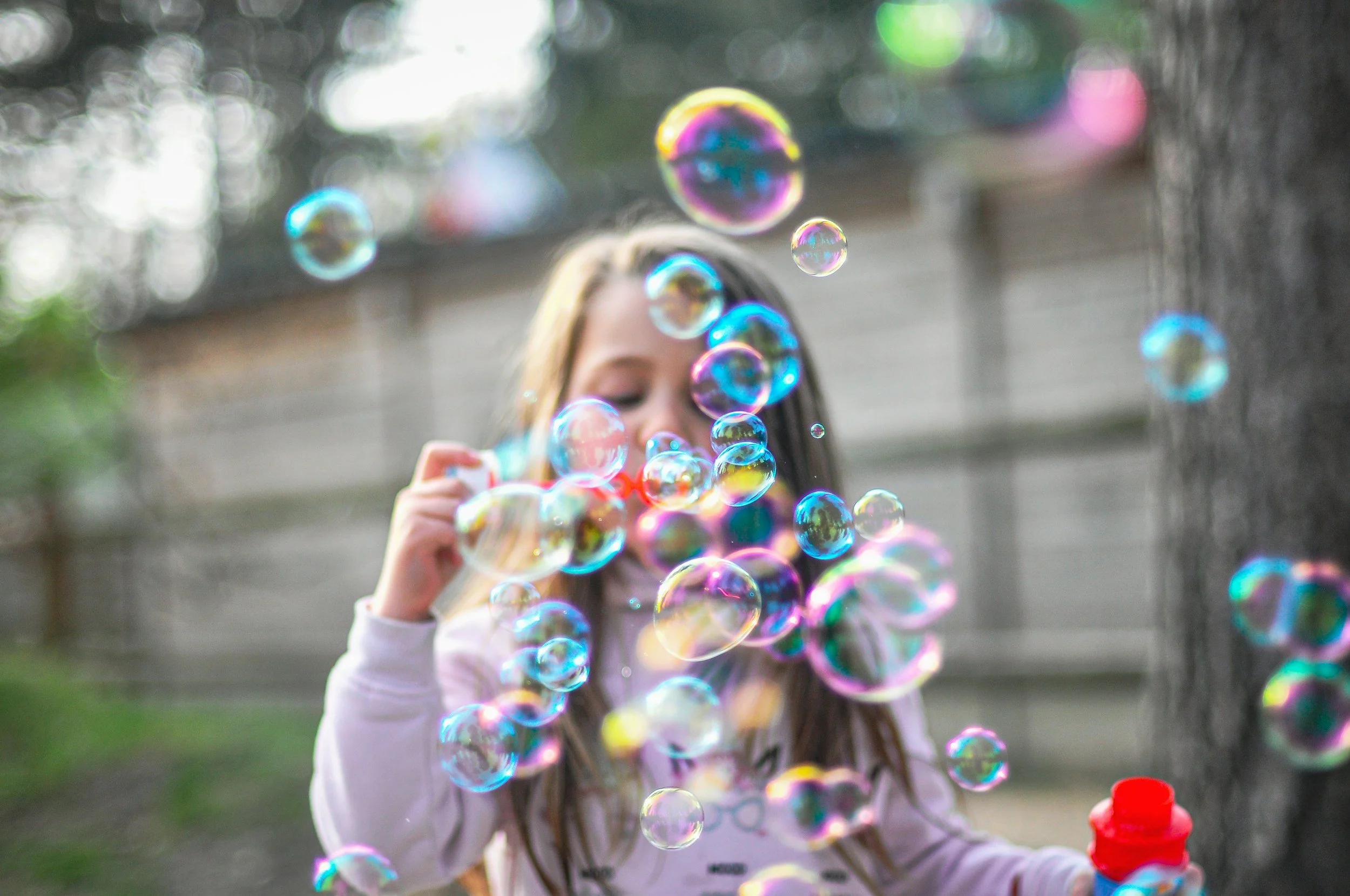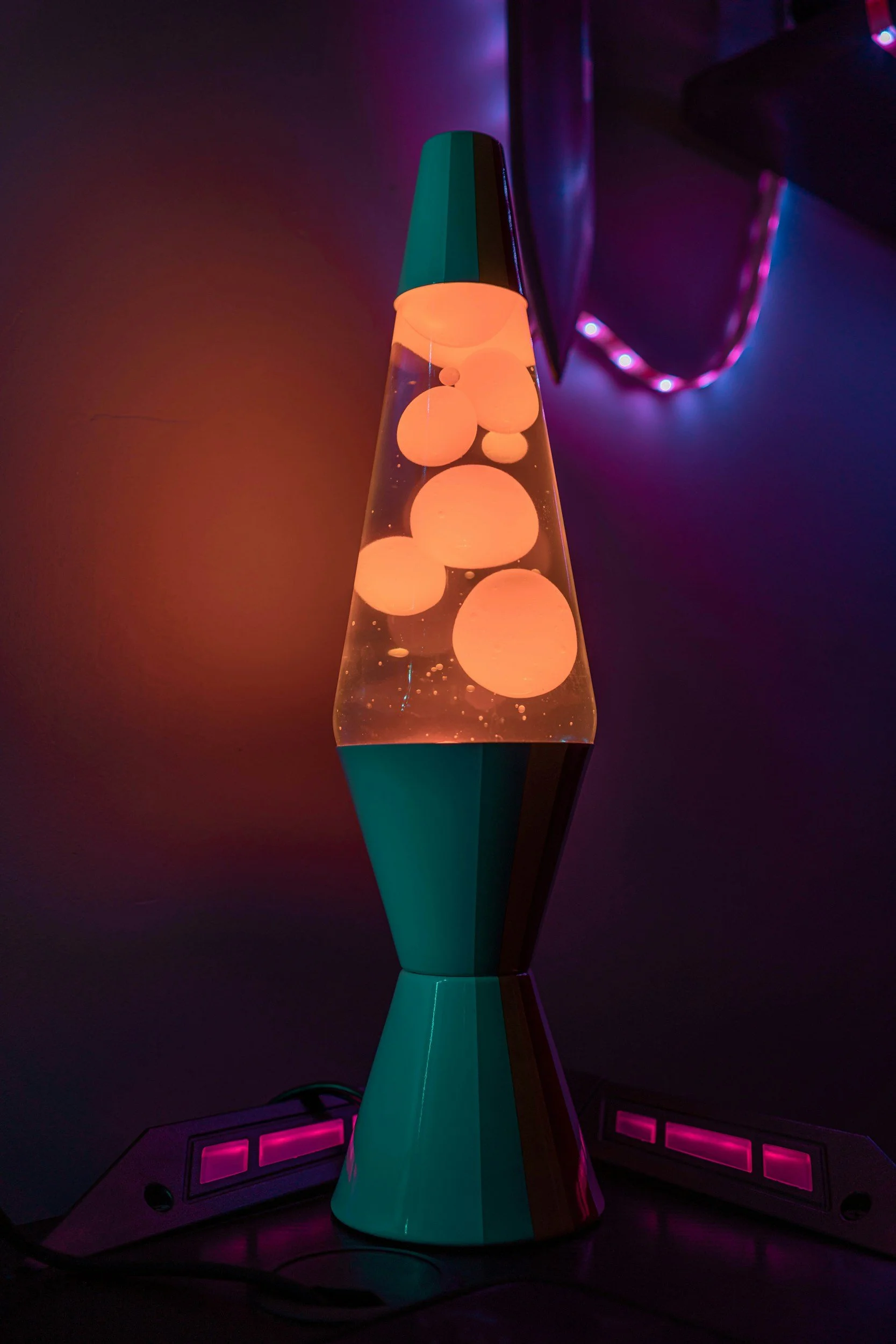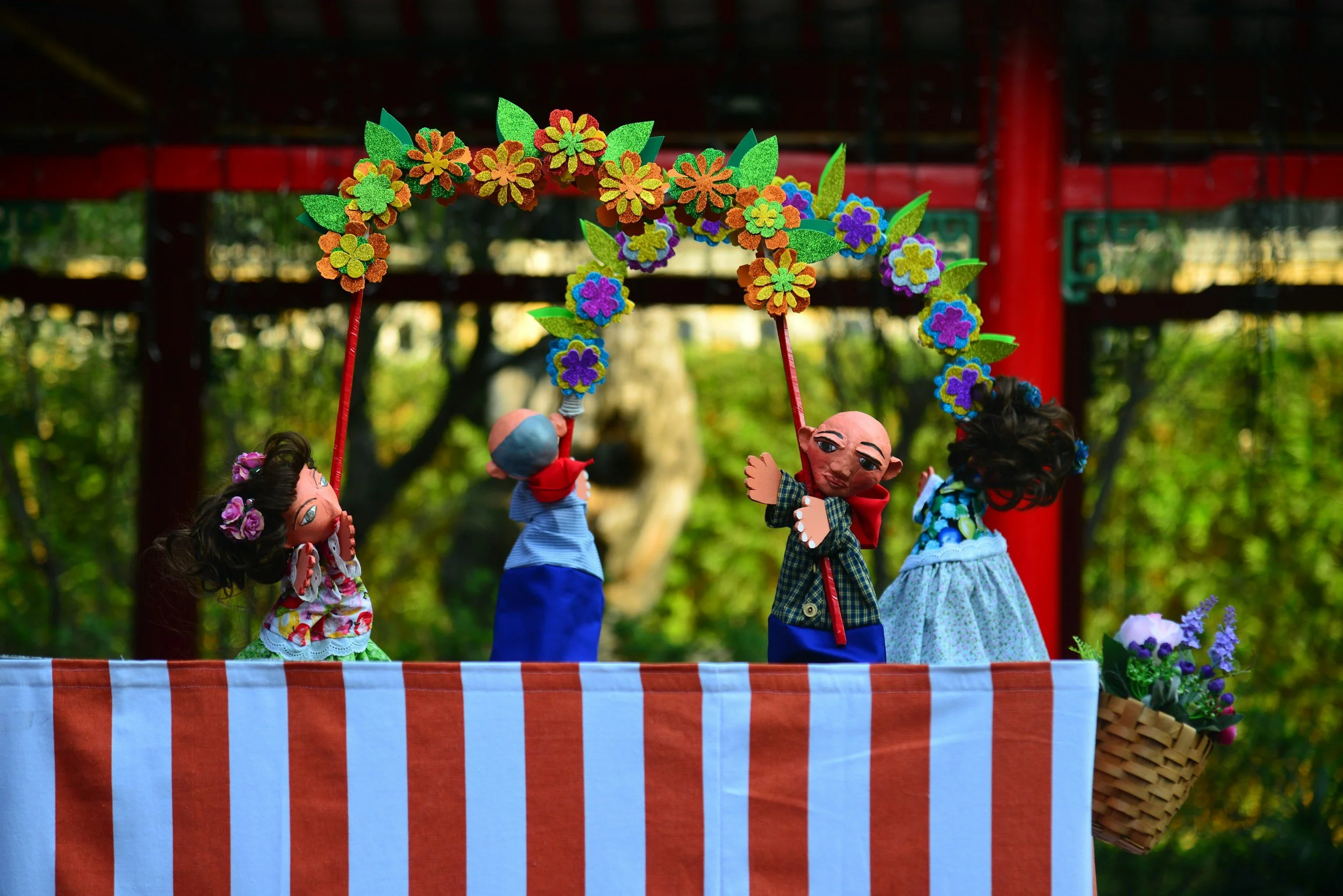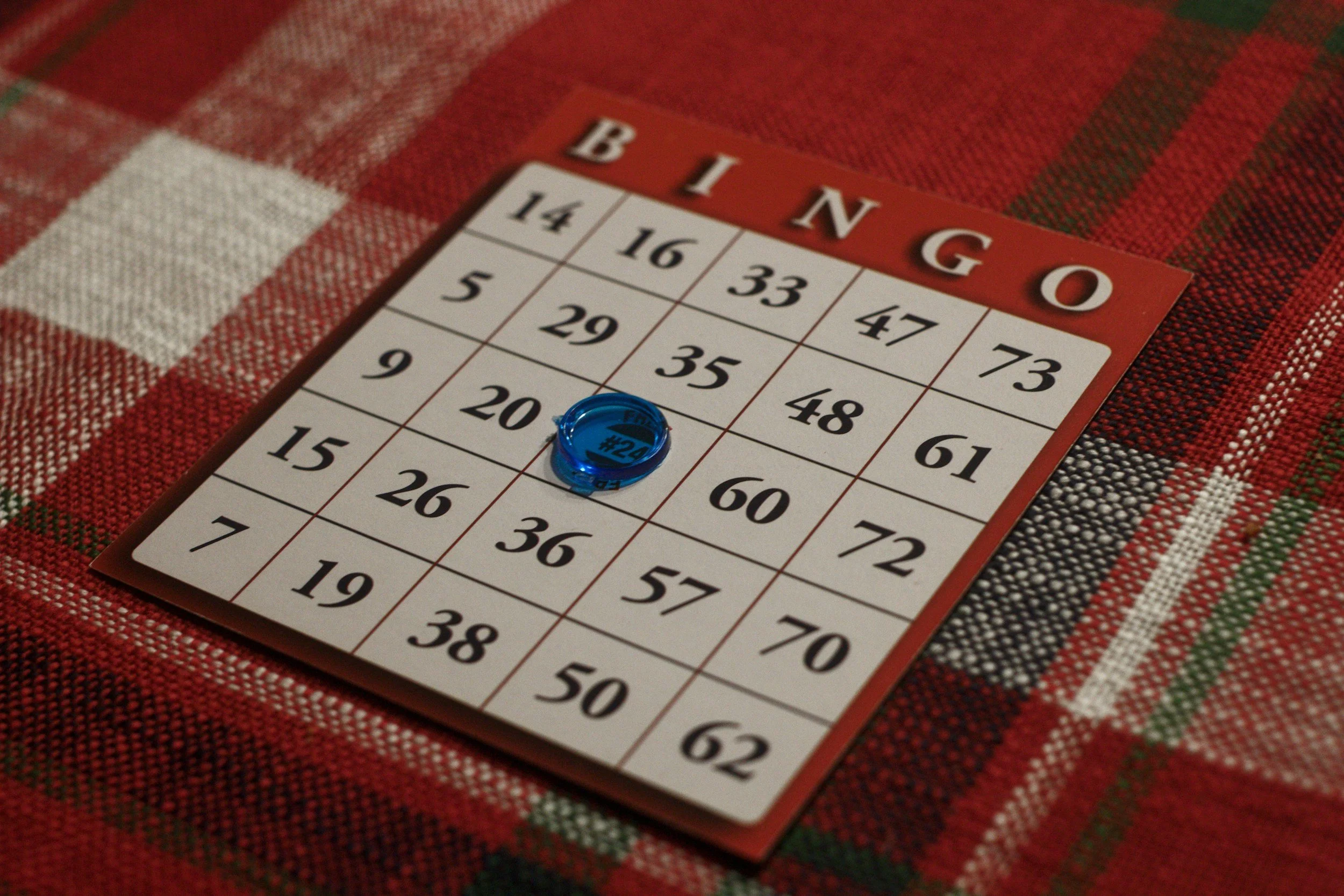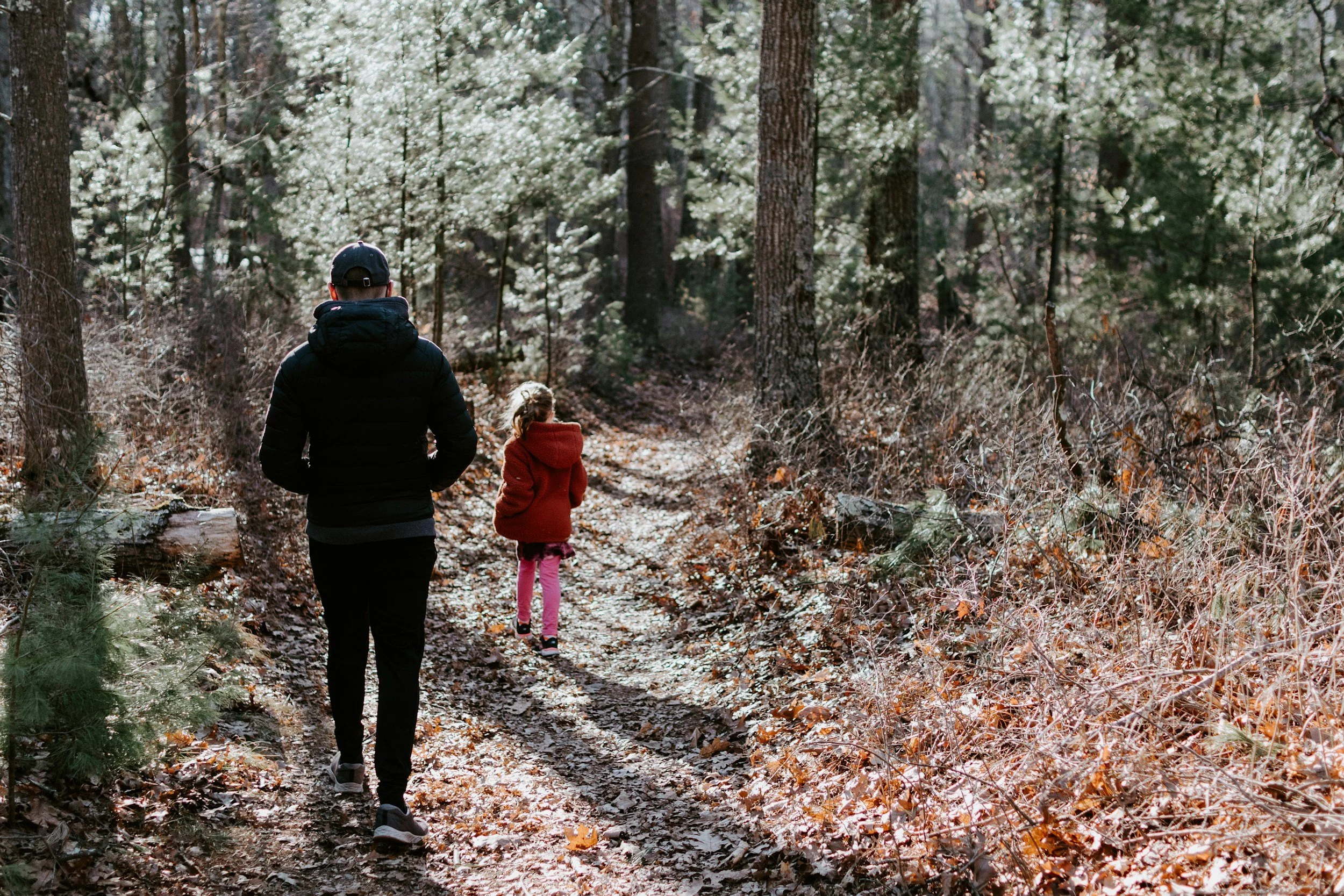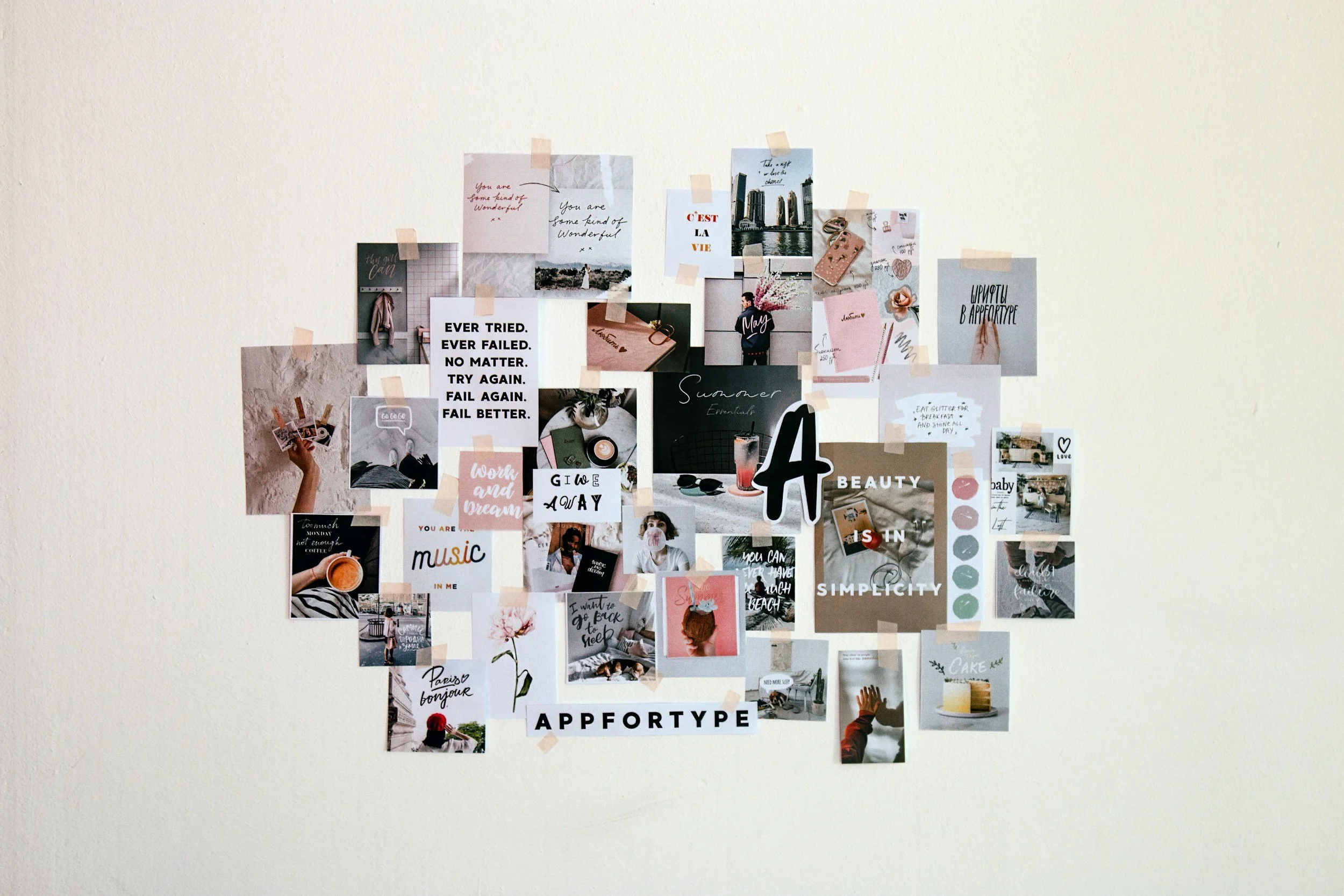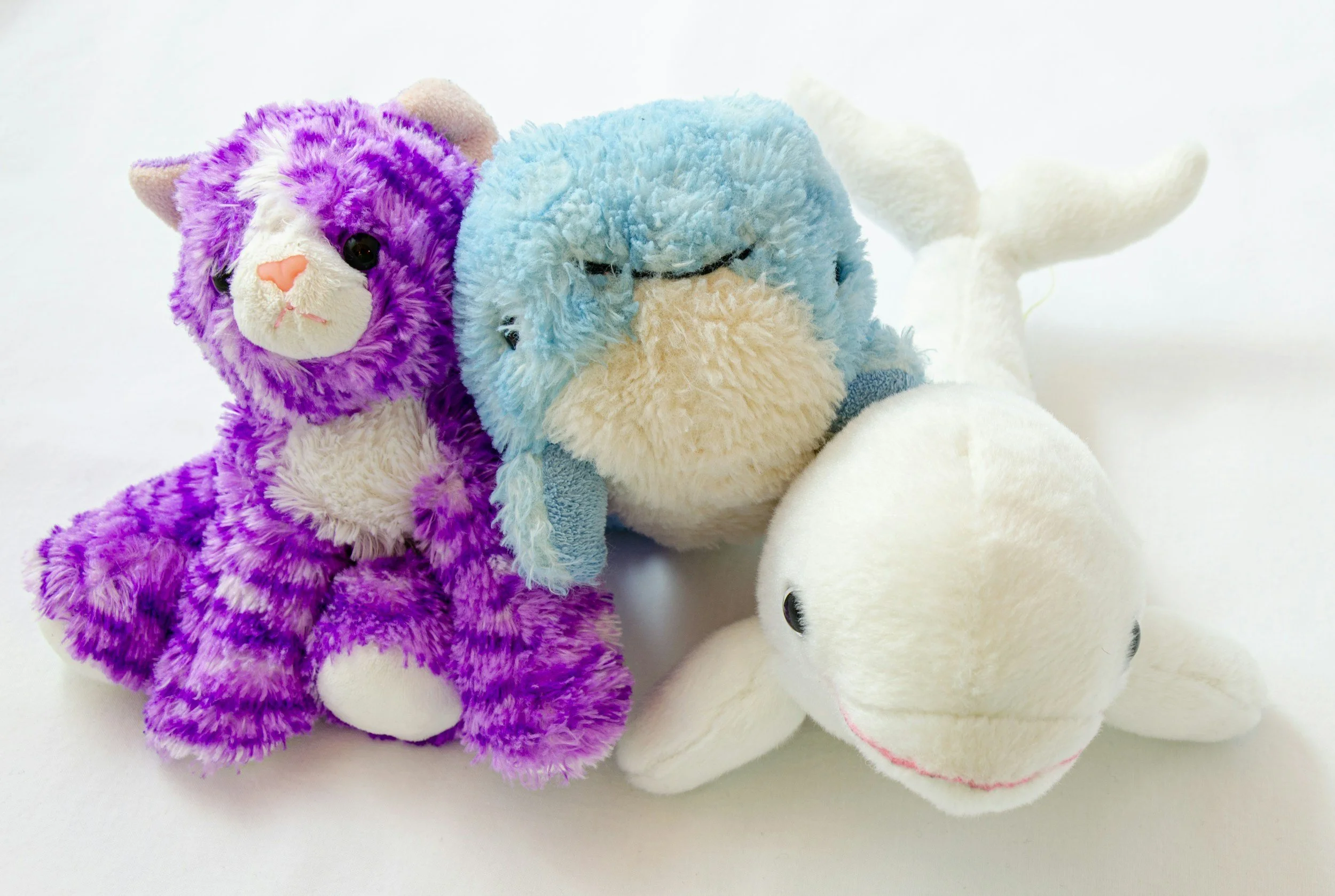Feeling Faces and Emotions
-
![A stack of white blank cards on a white surface.]()
Emotion Flashcards
Cards that show faces with different emotions (happy, sad, angry, surprised, etc.). Children look at the cards, name the feelings, and talk about times they have felt the same way. This activity helps build emotional awareness and language.
-
![Color swatches arranged in a gradient from white to blue, pink, purple, red, orange, yellow, and green on a white surface.]()
High Contrast Emotion Flash Cards
Cards with bold black-and-white and bright colors designed for babies and young children. These support early visual development and attention. They can also be used for naming simple objects and encouraging interaction between caregiver and child.
-
![A yellow smiley face with an angry expression drawn on a white textured wall.]()
Daily Feeling Trackers
A chart with different emotions shown through words, colors, or faces. Each day, children choose the feeling that best matches how they feel and place their name, picture, or marker on it. This activity encourages kids to check in with their emotions and share how they are feeling in a safe, supportive way.
-
![Three brown eggs in a carton, with silly faces drawn on them and one with a winking, laughing expression, in a close-up shot.]()
Feeling Chart
A poster or chart that shows a range of emotions with faces, words, or colors. Children can point to or select the feeling that matches their mood at any time during the day. The chart gives kids a visual way to express emotions and helps adults understand and support how they are feeling.
-
![Close-up of two dice, one blue and one pink, stacked one on top of the other on a surface.]()
Emotion Sorting and Matching Game.
Children match pictures of faces showing different emotions with the correct emotion word or color. They can also sort cards into groups such as “happy feelings,” “sad feelings,” or “angry feelings.” This activity helps kids recognize facial expressions, connect them with words, and understand the range of emotions.
-
![Colorful spinning amusement park ride at night with vibrant LED lights creating a circular pattern.]()
Emotion Wheel
A colorful wheel of words showing different emotions. Children spin the wheel (or point to a section) and identify the feeling it lands on. They can then share a time they felt that way, or act out the emotion with a face or gesture. This activity helps kids build emotional vocabulary and understand that all feelings are important.
Understanding Coping Techniques
-
![A stack of white blank cards on a white surface.]()
Comfort Corner
Set up a cozy corner with soft toys, pillows, or blankets where little ones can go when they feel upset. This helps them begin to learn self-soothing.
-
![Color swatches arranged in a gradient from white to blue, pink, purple, red, orange, yellow, and green on a white surface.]()
Feelings Through Music & Movement
Play music with different moods (happy, slow, calm) and encourage toddlers to clap, sway, or dance. Talk about how the music makes them feel.
-
![A yellow smiley face with an angry expression drawn on a white textured wall.]()
Storytime with Emotions
Read books about feelings. Point out faces and name emotions together (“She looks sad,” “He is happy”). Helps toddlers start connecting words to emotions.
-
![Three brown eggs in a carton, with silly faces drawn on them and one with a winking, laughing expression, in a close-up shot.]()
Bubble Breathing
Blow bubbles together and encourage slow, deep breaths to make the biggest bubble. Teaches calming breathing in a playful way.
-
![Close-up of two dice, one blue and one pink, stacked one on top of the other on a surface.]()
Calm Down Jar
Fill a jar with water and glitter glue. Shake it and watch the glitter settle. Children learn to pause and calm down while the glitter falls.
-
![Colorful spinning amusement park ride at night with vibrant LED lights creating a circular pattern.]()
Coping Strategy Toolbox
Give each child a small box to decorate. Fill it with coping tools like stress balls, coloring pages, or notes about what helps them calm down.
Recognizing and Expressing Emotions
-
![A stack of white blank cards on a white surface.]()
Emotion Puppet Play
Use puppets (store-bought, homemade, or socks with faces) to act out short stories. For example, a puppet might say, “I feel angry because I lost my toy.” Ask the children, “What is the puppet feeling?” and “What could help?” Encourage children to take turns using the puppets to show emotions. This helps kids identify feelings and practice empathy.
-
![Color swatches arranged in a gradient from white to blue, pink, purple, red, orange, yellow, and green on a white surface.]()
Feelings Bingo
Create bingo cards with different emotional faces (happy, sad, angry, excited, scared, etc.). Call out emotions one by one, and children cover the matching square. For an extra challenge, act out the emotion instead of saying it and have children guess. First to complete a row shouts “Feelings Bingo!” This game reinforces emotion recognition in a fun group setting.
-
![A yellow smiley face with an angry expression drawn on a white textured wall.]()
Emotion Story Stones
Prepare small stones (or paper circles) with simple faces showing different emotions. Have children pick a stone and tell a short story about a time they felt that way (e.g., “I felt nervous on my first day of school”). For younger children, the adult can prompt with scenarios (“This stone shows happy — what makes you feel happy?”). This activity builds storytelling skills and emotional awareness.
-
![Three brown eggs in a carton, with silly faces drawn on them and one with a winking, laughing expression, in a close-up shot.]()
Emotion Bubbles
Blow bubbles for the children to pop. Each time a bubble pops, name an emotion (e.g., happy, sad, silly, surprised) and invite children to make the matching face or body movement.
-
![Close-up of two dice, one blue and one pink, stacked one on top of the other on a surface.]()
Emotion Detective
Show children pictures, comics, or short video clips of characters. Pause and ask, “What emotion do you think they are feeling? How can you tell?” Encourage children to notice facial expressions, body language, and tone of voice. They can also role-play as detectives, pointing out “clues” about the character’s feelings. This strengthens empathy and social awareness.
Safe Place in Imagination
-
![Comfort corner]()
Comfy corner
Set up a cozy corner with soft toys, pillows, or blankets where little ones can go when they feel upset. This helps them begin to learn self-soothing.
-
![Color swatches arranged in a gradient from white to blue, pink, purple, red, orange, yellow, and green on a white surface.]()
Safe Place Cloud Visualization
Children imagine riding a soft, fluffy cloud that carries them to their safe place. The calm journey helps them relax and focus on peaceful thoughts.
-
![A yellow smiley face with an angry expression drawn on a white textured wall.]()
Peace Walk
Children explore outdoors and find natural items — like soft leaves, smooth rocks, or gentle sounds — that remind them of calm and peace. It connects nature with emotional safety.
-
![Three brown eggs in a carton, with silly faces drawn on them and one with a winking, laughing expression, in a close-up shot.]()
Safe Place Collage
Kids use magazines, stickers, and colored paper to create a collage of pictures and words that remind them of safety and happiness. It helps them express what calm and peace look like to them.
-
![Close-up of two dice, one blue and one pink, stacked one on top of the other on a surface.]()
Safe Place Bedtime Visualization
Before sleep, children imagine being in their safe place — feeling the sights, sounds, and warmth — to help them relax and drift off peacefully with bed time stories
Belly Breathing
-
![Comfort corner]()
Comfy corner
Set up a cozy corner with soft toys, pillows, or blankets where little ones can go when they feel upset. This helps them begin to learn self-soothing. Practice belly breathing
-
![Color swatches arranged in a gradient from white to blue, pink, purple, red, orange, yellow, and green on a white surface.]()
Belly breathing story
This calming story guides children through belly breathing—a simple way to help them relax and feel safe. As they breathe in and out with the character, they learn how slowing down their breath can help calm big feelings and bring a sense of peace.
-
![A yellow smiley face with an angry expression drawn on a white textured wall.]()
Stuffed Animal Breathing
Have children lie on their backs and place a small stuffed animal on their belly. Watch it rise and fall as they breathe in and out slowly.
-
![Three brown eggs in a carton, with silly faces drawn on them and one with a winking, laughing expression, in a close-up shot.]()
Breathing Shapes
Trace a shape (like a star or square) with your finger — breathe in along one side, hold for a second, exhale along the next side.

